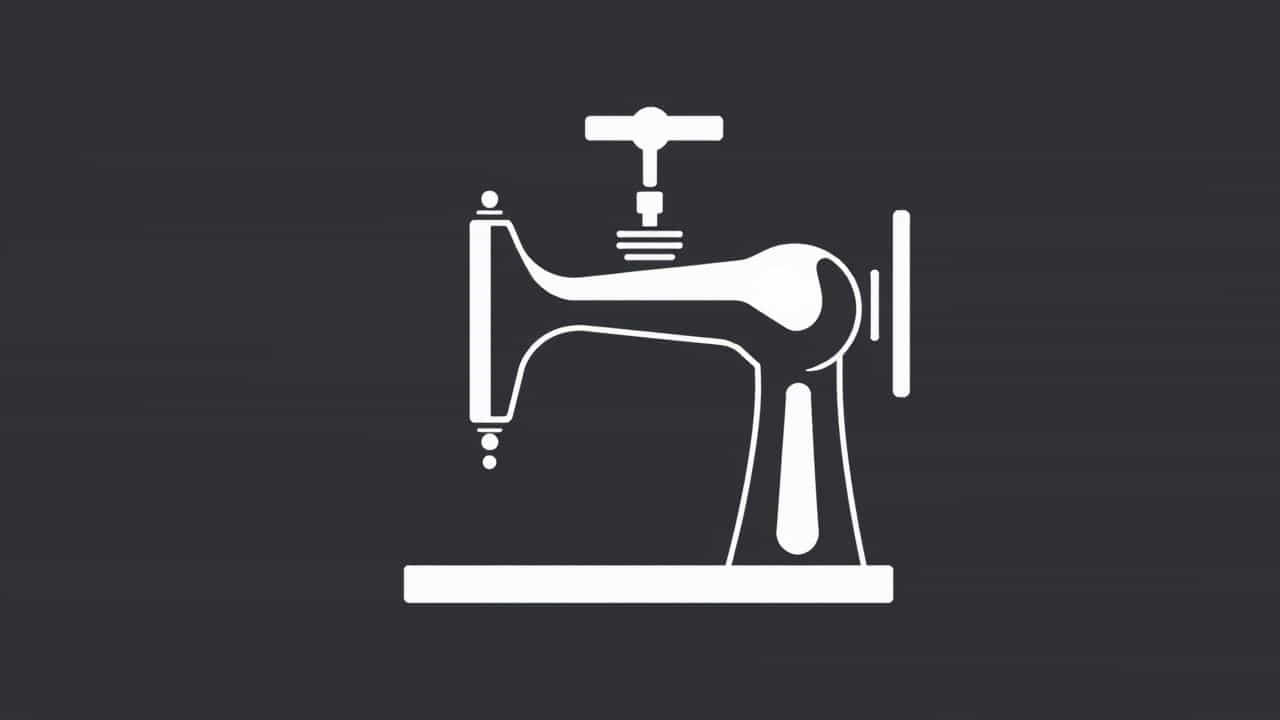A treadle valve is a crucial component in air brake systems, primarily found in heavy-duty trucks, buses, and industrial vehicles. It acts as a foot-operated control valve that regulates the air pressure needed to engage or release the brakes.In this topic, we will explain what a treadle valve is, how it works, its importance, and how to maintain it for optimal performance.
What Is a Treadle Valve?
A treadle valve (also known as a foot valve or brake pedal valve) is a pneumatic control device that allows the driver to apply the air brakes by pressing on a foot pedal. It is directly connected to the air brake system, ensuring proper brake function in commercial vehicles and heavy machinery.
Key Functions of a Treadle Valve
✔ Regulates Air Pressure – Controls the flow of compressed air to engage or release brakes.
✔ Ensures Smooth Braking – Provides proportional braking force based on pedal pressure.
✔ Enhances Safety – Prevents excessive air pressure that could lead to brake failure.
How Does a Treadle Valve Work?
The treadle valve is designed to control air pressure in the brake system based on how hard the driver presses the pedal. Here’s how it works:
-
Pedal Pressed – When the driver presses the brake pedal, the treadle valve opens and allows compressed air to flow from the air reservoir to the brake chambers.
-
Brake Activation – The compressed air pushes the brake actuator, which engages the brake shoes or pads.
-
Proportional Control – The harder the driver presses the pedal, the more air pressure is released, increasing braking force.
-
Pedal Released – When the driver removes their foot from the pedal, the treadle valve closes, stopping air flow and allowing the brakes to release.
Components of a Treadle Valve
✔ Treadle Pedal – The foot-operated part that controls air pressure.
✔ Air Inlet Ports – Channels where compressed air enters from the air reservoir.
✔ Outlet Ports – Directs air pressure to the brake chambers.
✔ Spring Mechanism – Returns the valve to its original position when the pedal is released.
✔ Internal Seals and Diaphragms – Maintain proper air pressure regulation.
Importance of the Treadle Valve in Air Brake Systems
The treadle valve is a critical safety component in commercial vehicles with air brakes. Its importance includes:
1. Providing Controlled Braking
✔ Allows for precise braking by varying air pressure based on pedal movement.
✔ Prevents sudden stops that could lead to accidents.
2. Ensuring Brake System Efficiency
✔ Regulates air pressure distribution, ensuring even braking across all wheels.
✔ Helps prevent brake imbalance, which can cause skidding.
3. Enhancing Vehicle Safety
✔ A properly functioning treadle valve reduces brake lag, providing instant response when braking.
✔ Prevents excessive air loss, maintaining a stable brake system.
Common Issues with Treadle Valves
Like any mechanical component, treadle valves can develop issues over time. Some common problems include:
1. Air Leaks
✔ Signs – Hissing sounds, reduced braking efficiency, or slow brake response.
✔ Causes – Worn-out seals, loose fittings, or cracked diaphragms.
✔ Solution – Inspect and replace damaged seals or fittings.
2. Sticking or Hard Pedal
✔ Signs – The brake pedal feels stiff or does not return to its normal position.
✔ Causes – Dirt buildup, damaged return springs, or internal corrosion.
✔ Solution – Clean the valve and replace any worn components.
3. Inconsistent Brake Response
✔ Signs – Uneven braking force or delayed braking action.
✔ Causes – Internal blockages, moisture buildup in the air system, or faulty valve operation.
✔ Solution – Flush the air system and inspect for blockages.
How to Maintain a Treadle Valve
Proper maintenance of the treadle valve ensures long-term reliability and prevents costly brake failures. Follow these steps for effective upkeep:
1. Regular Inspections
✔ Check for visible damage on the valve body and connections.
✔ Listen for air leaks when the pedal is pressed.
2. Keep It Clean
✔ Remove dirt, dust, and debris from the pedal and valve assembly.
✔ Use compressed air to clean out small air passages.
3. Check Air System Moisture
✔ Drain the air tanks regularly to remove excess moisture.
✔ Use an air dryer to prevent water buildup, which can corrode internal components.
4. Replace Worn Parts
✔ Inspect seals, diaphragms, and springs for signs of wear.
✔ Replace any faulty components before they cause braking issues.
How to Replace a Treadle Valve
If a treadle valve is beyond repair, replacement is necessary. Here’s a step-by-step guide:
1. Gather Tools and Parts
✔ New treadle valve
✔ Wrenches and socket set
✔ Air hose fittings and seals
✔ Teflon tape for air connections
2. Remove the Old Treadle Valve
✔ Depressurize the air brake system to prevent accidental release of air.
✔ Disconnect air lines from the old treadle valve.
✔ Unbolt the valve assembly and remove it from the mounting bracket.
3. Install the New Valve
✔ Secure the new treadle valve in the mounting bracket.
✔ Reconnect the air lines, ensuring a tight seal.
✔ Apply Teflon tape to prevent air leaks.
4. Test the Brake System
✔ Press the brake pedal multiple times to check for leaks.
✔ Verify brake response and pedal movement.
The treadle valve is an essential part of an air brake system, controlling the air pressure needed for safe braking in heavy-duty vehicles. Regular maintenance and timely repairs ensure efficient braking performance and long-term reliability.
By understanding how the treadle valve works, common issues, and proper maintenance, drivers and fleet operators can prevent brake failures and enhance vehicle safety on the road.
